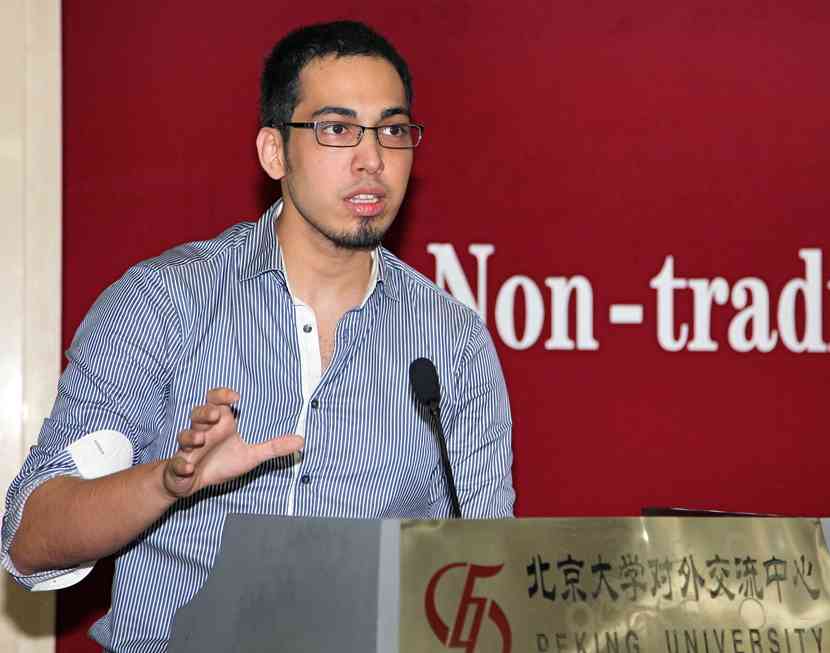In the last four decades, our country has become one of the world’s most remittance-based economies. With more than eight million Filipinos spread across 214 countries, overseas Filipino workers (OFWs) have somehow become the international visage of the country and the backbone of its national economy. These hard-earned remittances have not only constituted a growing share of our total economic output, around 12 percent of the GDP, but they have also resuscitated our embattled economy in periods of acute economic crisis: in 2009, at the height of the global financial crisis, $20 billion in remittances kept the national economy afloat. Moreover, these very remittances have also allowed us to amass record-high levels of foreign exchange reserves, protecting us against sudden currency devaluation and allowing us to preserve a healthy balance of trade. To put it in simplest terms,our migrant workers are indispensable to our national economic survival. These economic realities raise a number of critical issues to ponder. Why have we become so dependent on labor migration? What are the social and human costs of this phenomenon? Should the government re-evaluate our very labor export policy? Let’s try to briefly explore these questions. The roots The magnitude of our outward labor migration simply reflects the intensity of our internal economic woes. However, our economic situation is a result of decades of mismanagement and policy failure. The late-1960s represent a critical juncture in our national history. It marks the period when the Philippines began to relinquish its mantle of regional leadership, falling into a downward spiral of economic stagnation, political bickering, chronic poverty, and population boom. On the other hand, it was a period that gave birth to waves of “economic miracles," which progressively engulfed much of East Asia. While our neighbors chose the path to prosperity, we simply moved in the opposite direction. Today, Vietnam is the region’s “star pupil."

Author Richard Javad Heydarian
Instead of strengthening the pillars of our state bureaucracy, investing in productive industries, providing a stable foundation for agricultural growth, and focusing on domestic employment-generation, our leaders viewed labor-export as an opportunity to conceal and escape perennial economic challenges at home. Arguably, even the prospect of finding a job abroad has prevented an army of unemployed and underemployed Filipinos from vigorously pressuring the state to focus on revitalizing the domestic economy. Labor export became both the cause and effect of our economic conundrum.
The daunting challenges The sheer number of OFWs makes their protection against abuses, conflicts, and organized crime an intractable challenge. The vulnerability of our citizens is accentuated if we take into consideration a number of key trends: (1) Increasing feminization of OFWs, where females have dominated deployment over decades. Many of them work as domestic workers in countries with weak or non-existent legal protection for unskilled migrants. The social cost is also immense. Many families are deprived of the warmth and care of the mother, who is supposedly the bedrock of the family. (2) A great proportion of our deployments are concentrated in the Middle East, where autocratic regimes, weak legal protection for migrant workers, and violent conflicts dominate the overall landscape. In 2011 alone, dozens of Filipino nurses were reportedly abducted and raped in Saudi Arabia, while hundreds of others have escaped their abusive employers just to find themselves in over-crowded shelters. The Arab uprisings have put tens of thousands of Filipinos, many of them undocumented, in danger. There were around 16,000 OFWs in Libya, while 11,000 are currently in Syria. If the uprisings hit the Persian Gulf, beyond Bahrain, millions of Filipinos would be in a grave danger. (3) Proliferation of human trafficking and illegal recruitment, where organized criminal networks continuously prey on our citizens. Looking at the 2010 and early-2011 data, the magnitude of the problem is self-evident. In Brazil alone, around 50 Filipinos are reportedly detained for drug trafficking. Moreover, around 43 Filipinos are detained in Chile, Ecuador, and Peru. More and more Filipinos are involved with well-entrenched, powerful, and dangerous international drug-trafficking syndicates as “drug mules" – making them inaccessible and putting them at extreme risk. The situation in Asia is equally troubling. There are 205 Filipinos detained for drug-related crimes in China, 26 in Hong Kong, and 17 in Malaysia – the majority, or 221 of them, are females. While Latin American countries abolished the death penalty, countries such as China, Malaysia, and Saudi Arabia have Filipinos on death row for alleged drug trafficking and other heinous crimes. In Malaysia, there are 18 Filipinos on death row, while in China 76 Pinoys have been handed death sentences. Three of them were executed last summer. Looking at the gravity of the problem, it seems that over-reliance on labor migration has not only deprived us of much-needed human capital, but it has also exposed millions of our citizens to violence and exploitation. Perhaps, we should seriously rethink the very wisdom of large-scale labor migration.
Richard Javad Heydarian is a foreign affairs analyst based in Manila. His articles focus on international security and development issues. He has also been working with Akbayan Representative Walden Bello, who chairs the Committee on Overseas Workers Affairs (COWA). Richard can be contacted through his email address, jrheydarian@gmail.com. 





